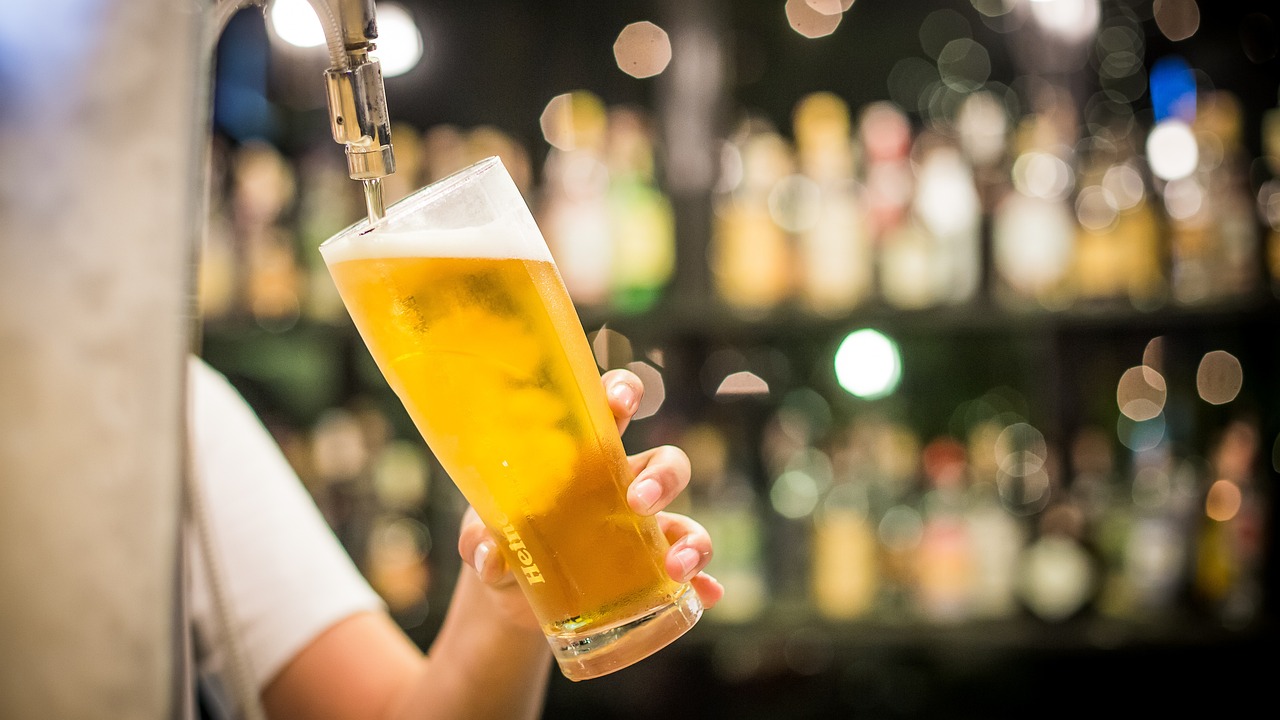The trend towards low and non-alcoholic beverages is gaining significant momentum across the globe. In the US, non-alcoholic beer sales recorded a noteworthy 32% year-on-year growth, according to NielsenIQ.
Brewers in the US, UK, and Australia can designate a beer as ‘non-alcoholic’ if it contains less than 0.5% alcohol by volume (ABV). For low-alcohol beers, the threshold is less than 2.5% ABV.
Bacterial Risks in Non-Alcoholic Craft Beers: Cornell University Study
While there are apparent advantages to consuming beer with little or no alcohol, such as its vitamin and mineral content, recent research from Cornell University highlights a potential downside.
Craft beers with zero alcohol can serve as a breeding ground for food poisoning bacteria like E. coli and salmonella, posing a risk to consumers.
Scientists introduced tiny quantities of five bacterial strains, including E. coli and salmonella, into non- and low-alcohol beers. These beverages were subsequently stored at temperatures of 4°C and 14°C for 63 days to assess the bacteria’s survival.
The study revealed that the germs flourished in the zero-alcohol beer at both temperature settings. In contrast, the low-alcohol beer, with an alcohol percentage of 3.2 ABV, inhibited the growth of the bugs at 4°C, although small amounts were detected at 14°C.
Stick to sipping regular pints in moderation—they might just be the cooler choice over non-alcoholic beers!







